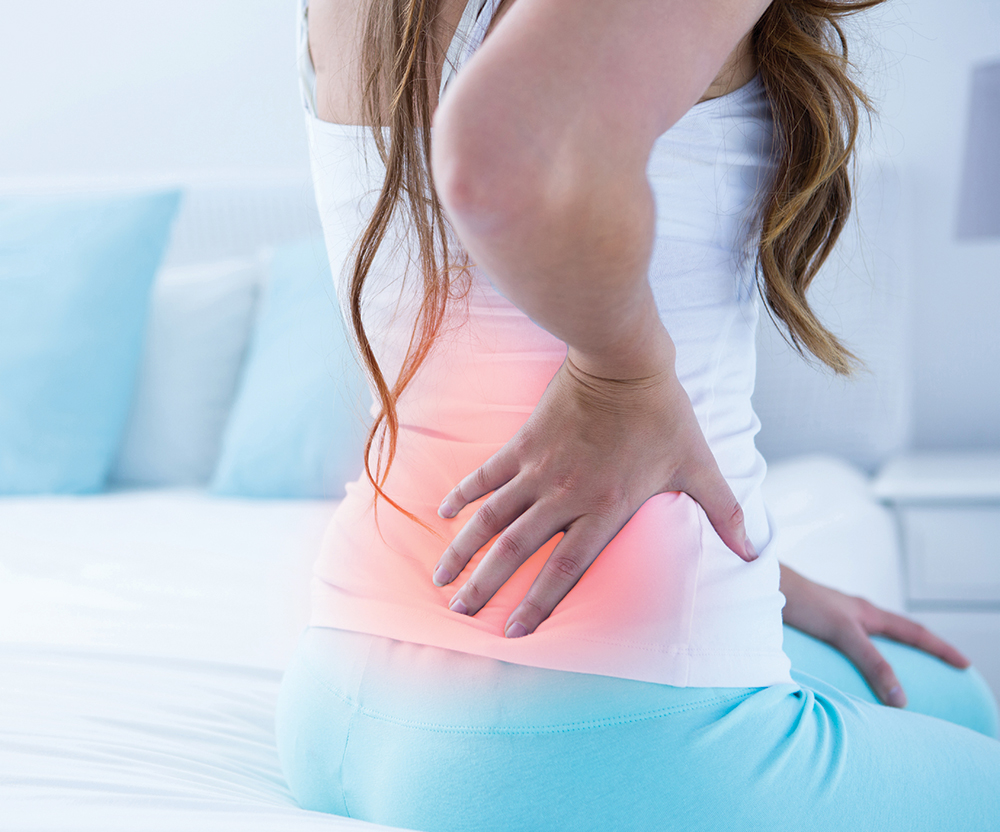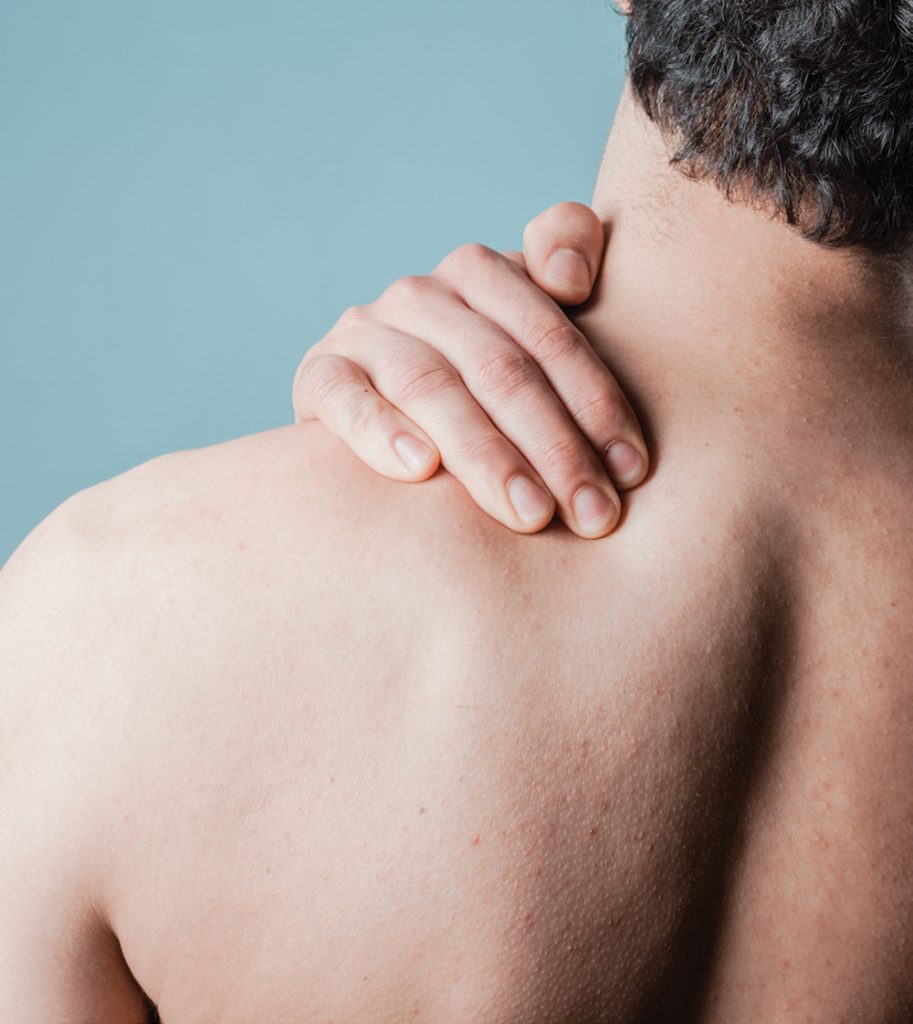
We all suffer the occasional bout of back pain or stiffness. However, chronic pain in the lower back and hips may signal something more serious. Poor posture, overdoing it at the gym or even a bad night’s sleep can all contribute to aches and pain in the back, neck and shoulders.
However, if you experience ongoing pain for no apparent reason, or if the aches are worse after rest and better with activity, it may be time to seek medical help to rule out something more serious. One of the conditions that may go under the radar is ankylosing spondylitis, an autoimmune disease that affects the tissues and bones in the spine.
Cause of ankylosing spondylitis

There is some evidence that a gene called HLA-B27 plays a role in increasing the risk of developing ankylosing spondylitis. However, not everyone with the gene develops the condition. Apart from genes, other risk factors include gender and age. More men than women develop ankylosing spondylitis, and the condition tends to occur in late adolescence and early adulthood.
Symptoms of ankylosing spondylitis
- Pain and stiffness in the lower back
- Pain in the buttocks arising from the sacroiliac joint between the base of your spine and your pelvis
- Cartilage between your breastbone and ribs
- Heel pain
- The pain improves with exercise and worsens if you have been inactive for some time
- In some cases, the aches and pains are accompanied by eye problems such as painful red eyes
See a doctor if you experience these symptoms so that you can benefit from early treatment and avoid irreversible damage to the joints or other complications. This is important as, left untreated, ankylosing spondylitis can cause some of the vertebrae in your spine to fuse. The condition can also affect the ribs, which can impair the ability to breathe deeply.
Diagnosis and treatment

To diagnose ankylosing spondylitis, your doctor will do some physical tests to gauge the range of movement in your spine, hips, legs and chest. Other tests may include blood tests, X-rays and magnetic resonance imaging (MRI).
While there is no cure for the condition, the goal of treatment is to control the immune system, reduce inflammation and pain, and to delay the onset of complications and permanent damage to the joints. Ankylosing spondylitis can be controlled with medication that reduces the symptoms, pain and inflammation, as well as also controls the immune system. Non-medical approach like physical therapy helps to maintain mobility and strengthen surrounding muscles. In most cases, surgery is not recommended unless certain joints, such as the hips or knees, are so damaged that they need to be replaced.







